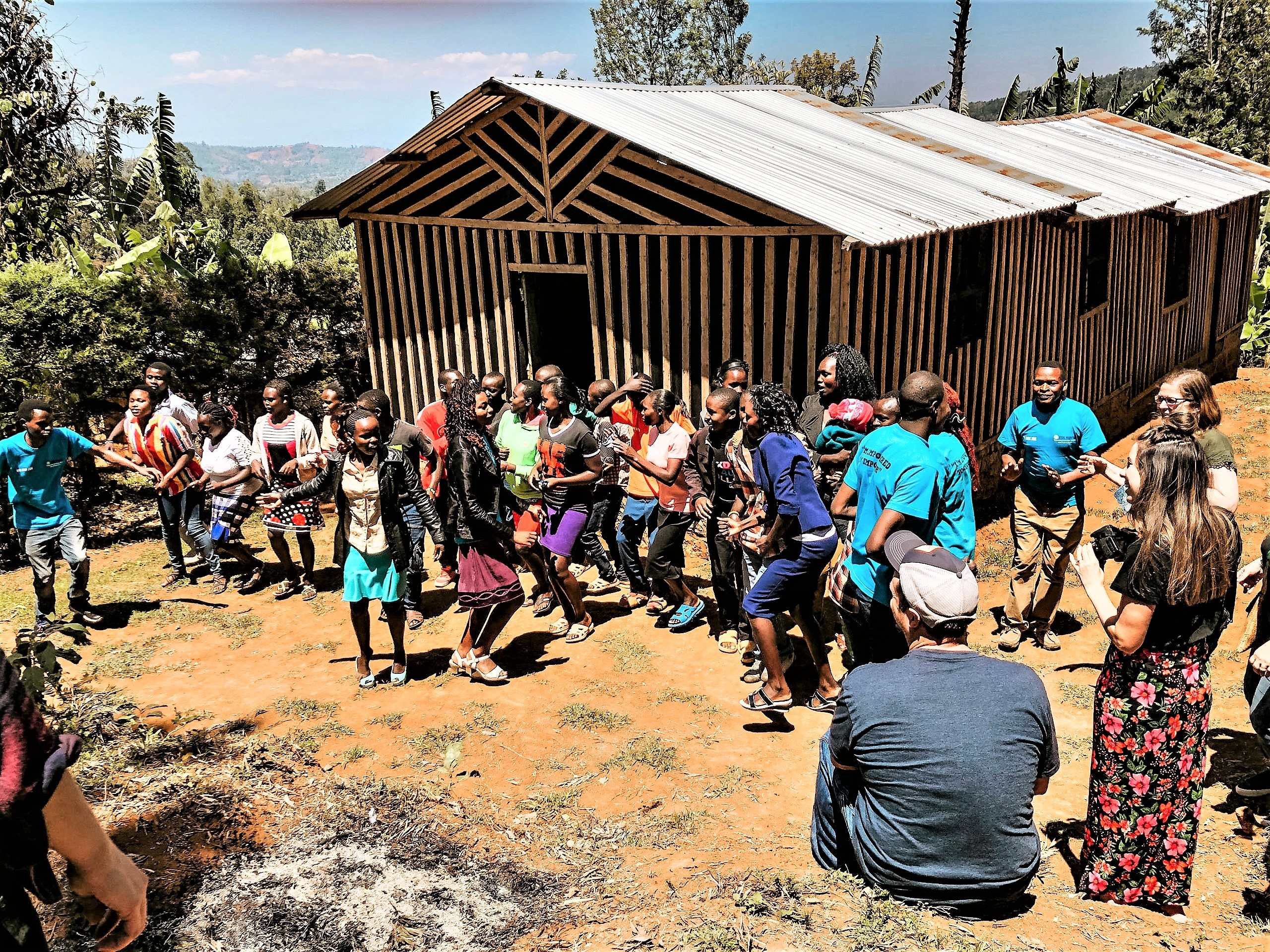There’s a new look at the Capitol. Tim Walz replaced fellow Democrat Mark Dayton in the governor’s office, while Democrats won control of the House of Representatives. Thirty-nine new members, including 35 DFLers, entered the 134-member House. Over in the Senate, Republicans hold a 35-32 advantage.
In addition to how to spend the state’s money and balance the budget, the new faces will find some old issues such as gun safety, health care and education achievement. Last year, legislators and the governor deadlocked over spending and other issues, leaving voters frustrated.
The governor’s budget proposal released Feb. 19 includes money for education, health care and community development. Walz proposes spending $733 million in additional pre-K through grade 12 education funding during the next two years, and $158 million in funding to support Minnesota’s higher education system, including $62 million in grants to students.
The governor’s budget provides every Minnesotan with an additional health-care option, encourages stability in the individual market and makes health care more affordable in Minnesota. By leveraging the state’s purchasing power, his budget lowers prescription drug prices, increases transparency and ensures access to comprehensive drug coverage statewide.
For what Walz calls “community prosperity,” Walz proposes spending $432 million during the next two years, with an additional $1.9 billion in transportation and infrastructure.
Whether the new faces can lead to results gets its first test this week as Walz released his budget and House and Senate leaders counter with their own spending plans and how to manage the state’s $1.5-billion surplus. Democrats want to spend some of the surplus while Republicans are calling for tax cuts.
Last year, the Legislature approved money to buy down expensive insurance premiums. That debate will return this year as lawmakers must decide whether to extend that state-funded effort that delivered short-term results.
Nearly 1,865 individual claims were covered by the program in the first nine months of last year at a total cost of $84 million. The final 2018 tally could reach as high as $150 million once all affected claims are tallied. Some questioned whether the cost is worth it.
Democrats want increased funding for schools as well as closing Minnesota’s persistent achievement gaps. Their likely plan is more funding on the state-aid formula, a closer look at early education options and community schools that provide education and childcare all in one place.
Minnesota’s gun laws have remained mostly unchanged for years, with a strong tradition of recreational gun use in the state and a powerful lobbying force at the Capitol. Senate Democrats rolled out a series of gun control bills on Jan. 24. The proposals would expand background checks and block potentially dangerous individuals from getting a gun.
Walz wants to raise the gas tax by 20 cents for transportation, but Republicans want to use the surplus for road projects.
As debate moves ahead this spring, keep an eye on two dates. By law, the session ends on May 20. Will the two parties stand firm on their opening policy positions until the last minute or will they work, as voters told them, to find solutions to avoid another deadlocked session?
And then there is June 30, the end of the fiscal year. The legislators can’t leave without a balanced budget. Let’s hope they spend June enjoying summer instead of waiting for the other side to give in at the Capitol.



